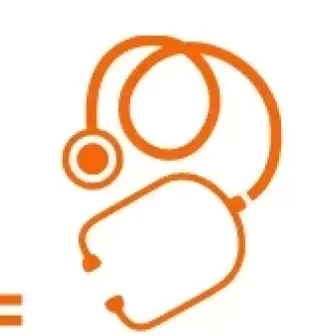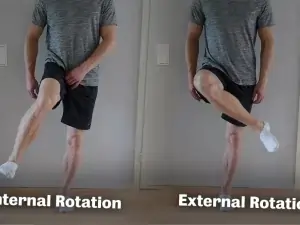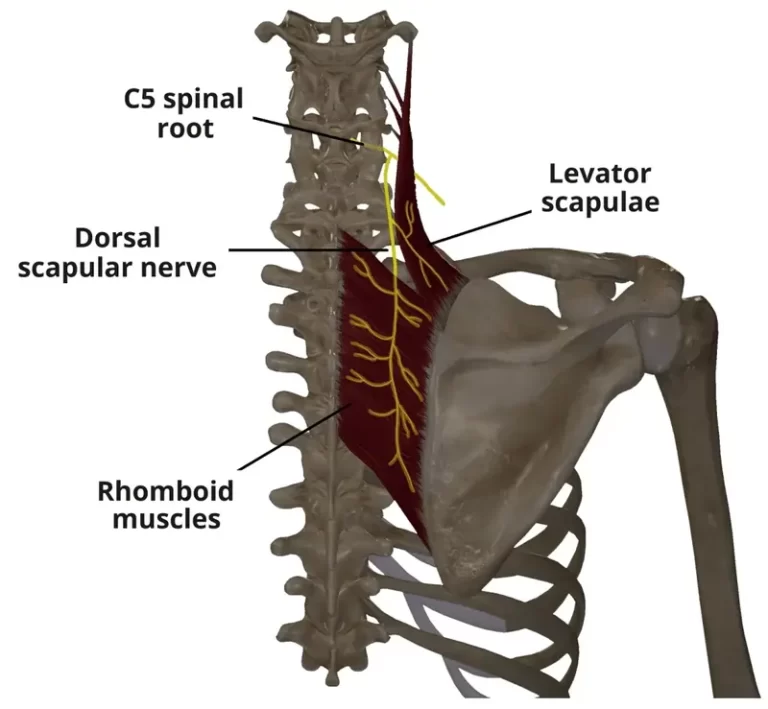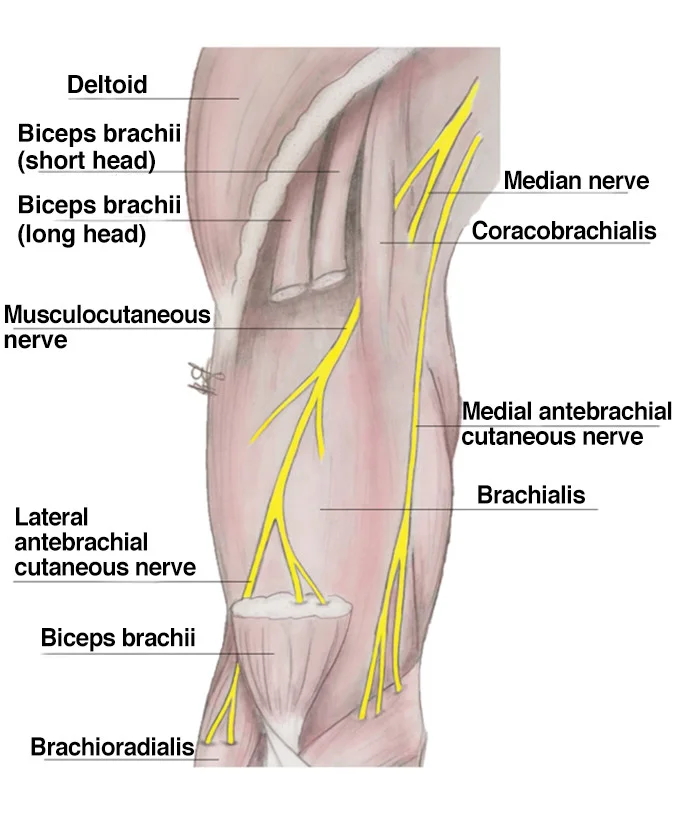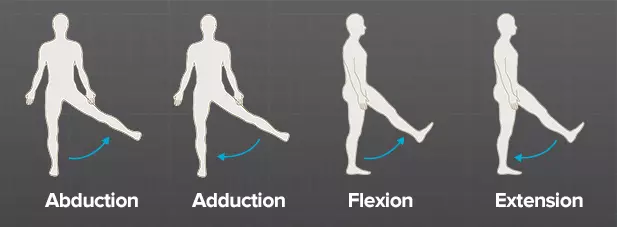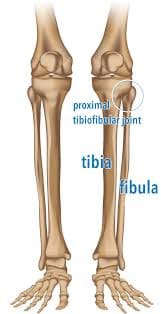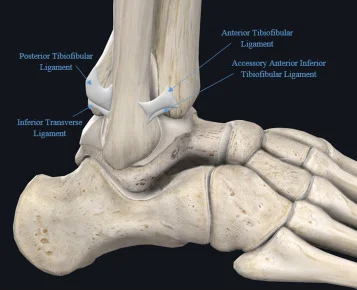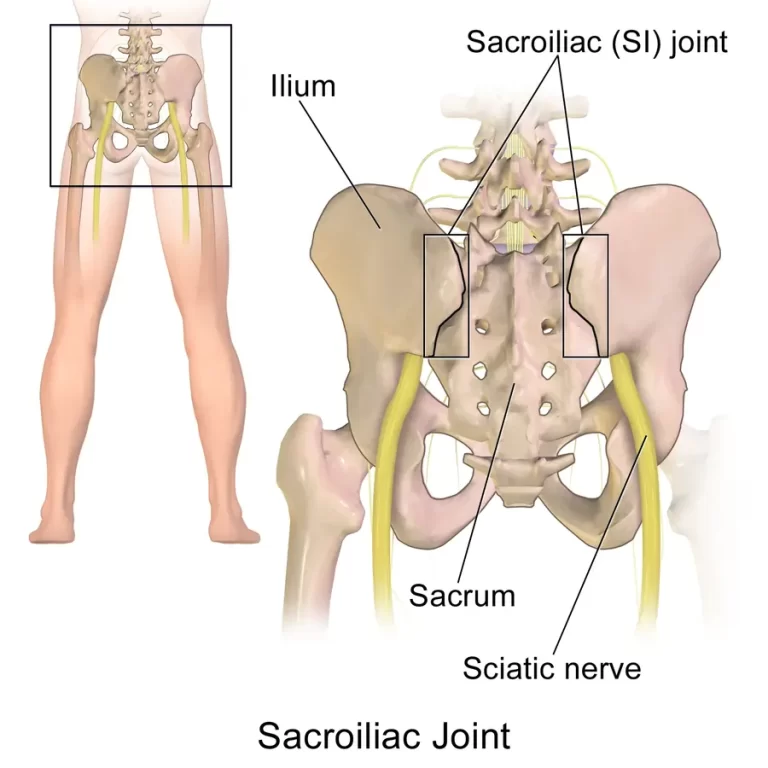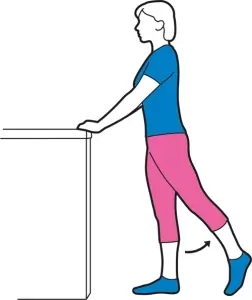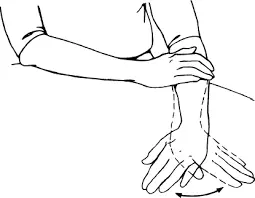Hip Internal Rotation
Hip Internal Rotation Hip internal rotation is the movement of the thigh inward, toward the center of the body. This motion is essential for activities like walking, running, and changing direction. Strong and flexible hip internal rotators help maintain balance, improve athletic performance, and prevent injuries. What are the Internal and External Rotations of the…
